The John Bull Special: Günter Miethe’s “Bahamas” Rolex Textures
John Bull has been the only authorized Rolex dealer in the Bahamas for over 70 years. But the term “John Bull Rolex” (or “John Bull Special”) has a particular meaning in the vintage Rolex world. From about 1987-2001, John Bull’s in-house master watchmaker Günter Miethe hand-engraved textures onto the cases and bracelets of countless Rolexes sold there. Miethe’s textured watches became so popular in Nassau that the style became synonymous with the Bahamas, and if a collector talks about a “Bahamas Rolex,” this is what they mean.
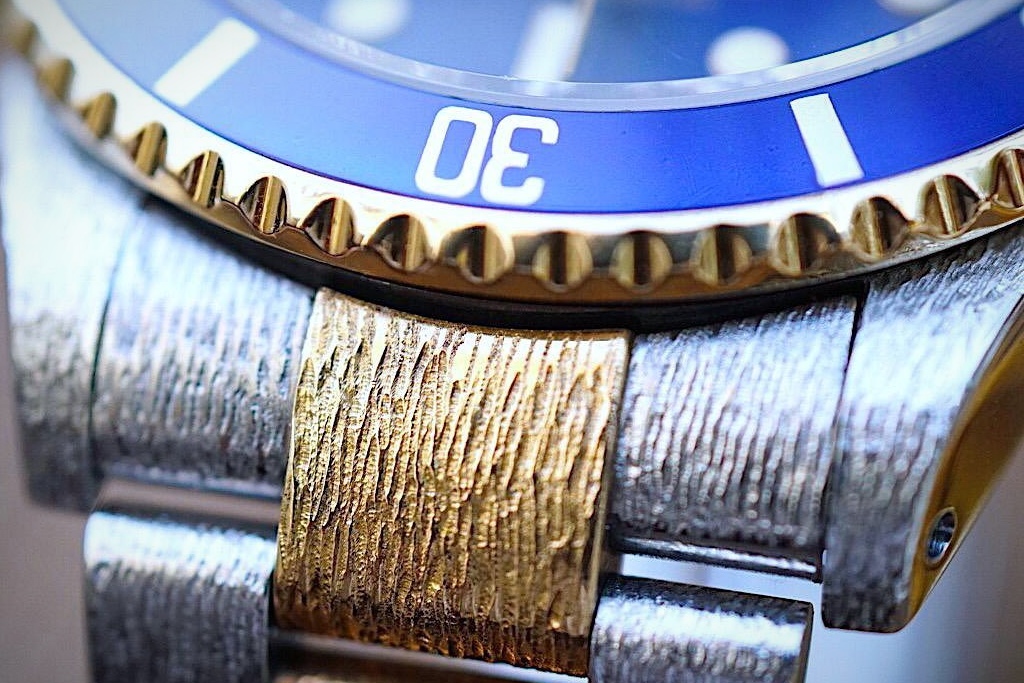
Price and Desirability
If you’re a vintage Rolex fan, you probably cringe when you see the word “customized” in a watch description. Originality is highly desired, so aftermarket customizations usually make the value plummet. But textured John Bull watches are a rare exception.
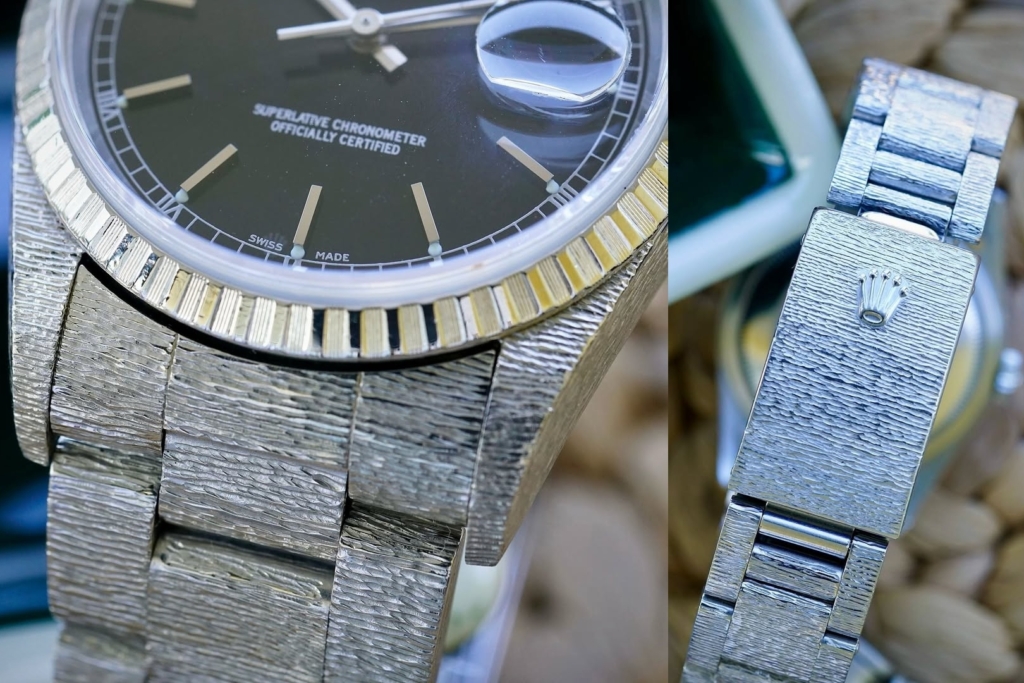
Years ago, they would’ve been sold at a discount on the secondhand market relative to a standard version of the same reference, but that has slowly changed. As the “John Bull Special” solidifies itself in the Rolex zeitgeist and more collectors realize that this isn’t your typical “aftermarket” customization, asking prices continue to creep upward.
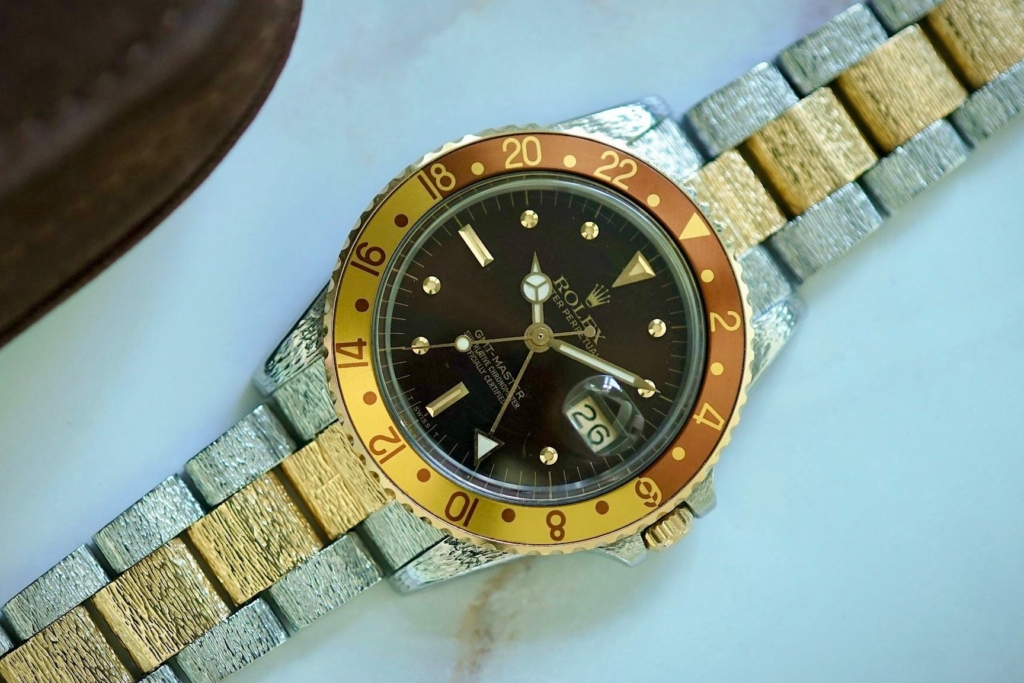
I would expect to pay about 25% over typical prices for a John Bull Rolex with original papers these days (e.g. $13,750 for a “Bahamas” GMT-Master 16700 and $11,000 for a normal one), although I should note that mere John Bull lookalikes–and there are plenty–certainly still sell for a discount. Meanwhile the first 50 John Bull Specials can sell for particularly good money. Let’s get into that history now.
History of the John Bull Rolex
Before becoming the most prestigious jewelry store in the Bahamas, John Bull was known as the “Old English Tobacco House.” It was opened on Bay Street in Nassau in 1929 by Sir Asa H. Pritchard and operated as a tobacconist before evolving into a luxury retailer. They became the first and only Rolex dealer in the Bahamas in 1952.
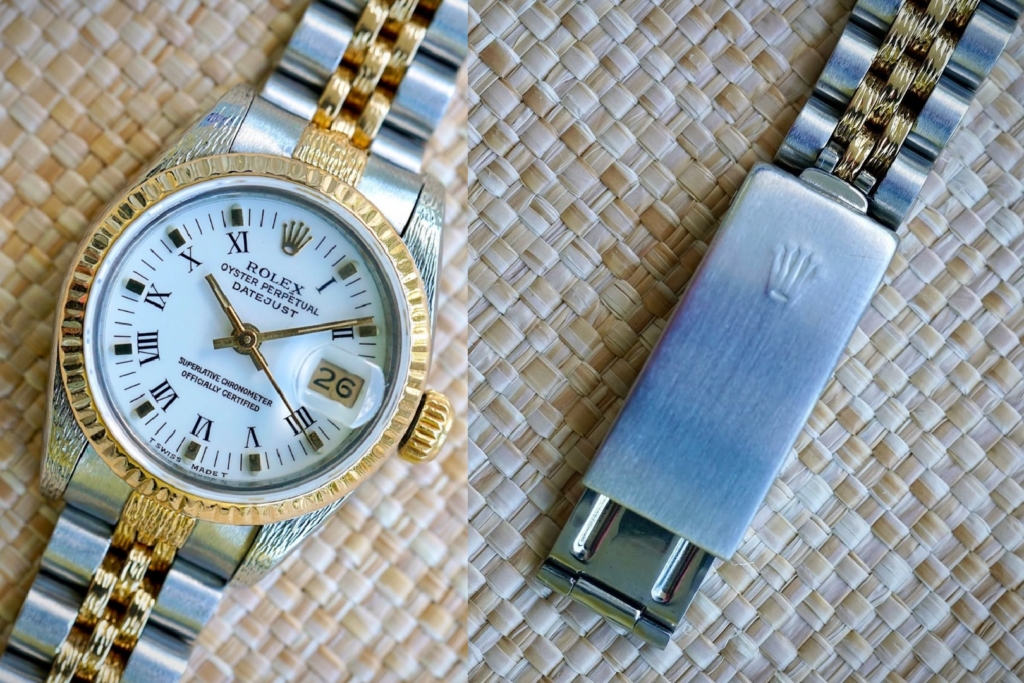
The whole custom-textured-Rolex thing started in 1987 when a John Bull customer ordered a batch of 50 steel Rolex Submariner 5513 models, and apparently requested a barked finish. As the store’s in-house watchmaker, Günter Miethe obliged, and those 50 “John Bull Specials” got seen in the Bahamas–a lot. I can neither confirm nor refute the rumor that the style became particularly popular in the drug dealing subculture there.
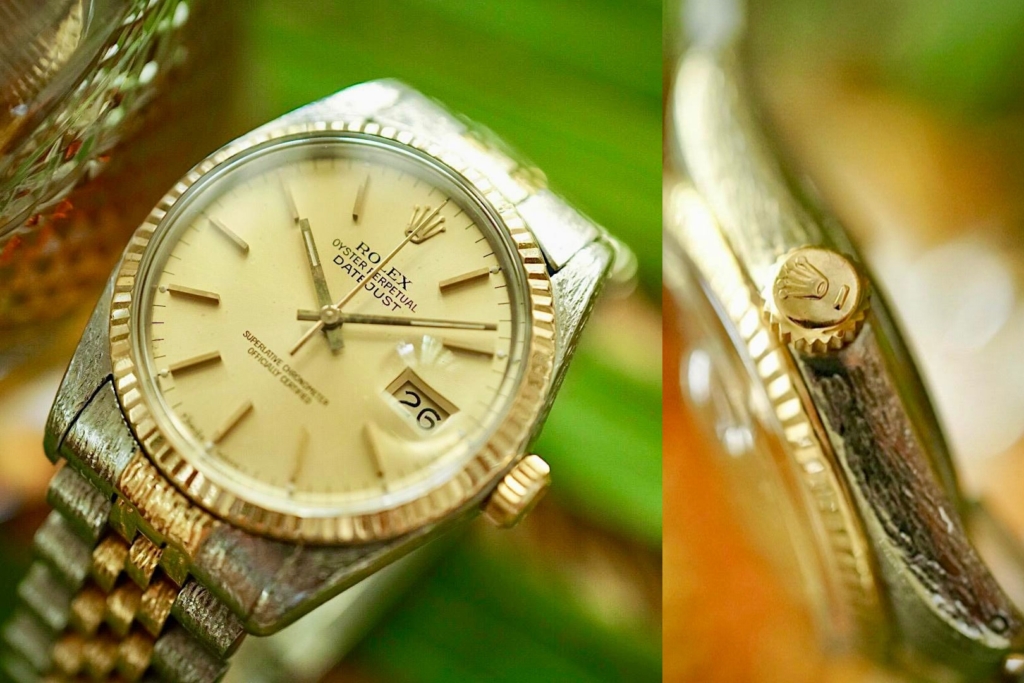
In any case, John Bull’s customers kept asking for Rolexes with Miethe’s textures, so they kept on selling them. Rolex was even apparently aware of it, although they would surely not approve of their authorized dealers “defacing” their precious watches today. The practice died out sometime in the early 2000s as the popularity of the ostentatious textured aesthetic waned. But over time I feel that “outdated” look has become more “vintage and charming.” At least one of the John Bull Specials from the original batch of 50 (which have cool “John Bull” caseback engravings) has sold for well over $20,000 at auction.
How Many “John Bull” Textures are There?
Günter Miethe is best known for applying two textures to Rolex cases and bracelets: barked, and orange peel. The orange peel is the rarer and arguably more distinctive of the two “John Bull” Rolex textures:
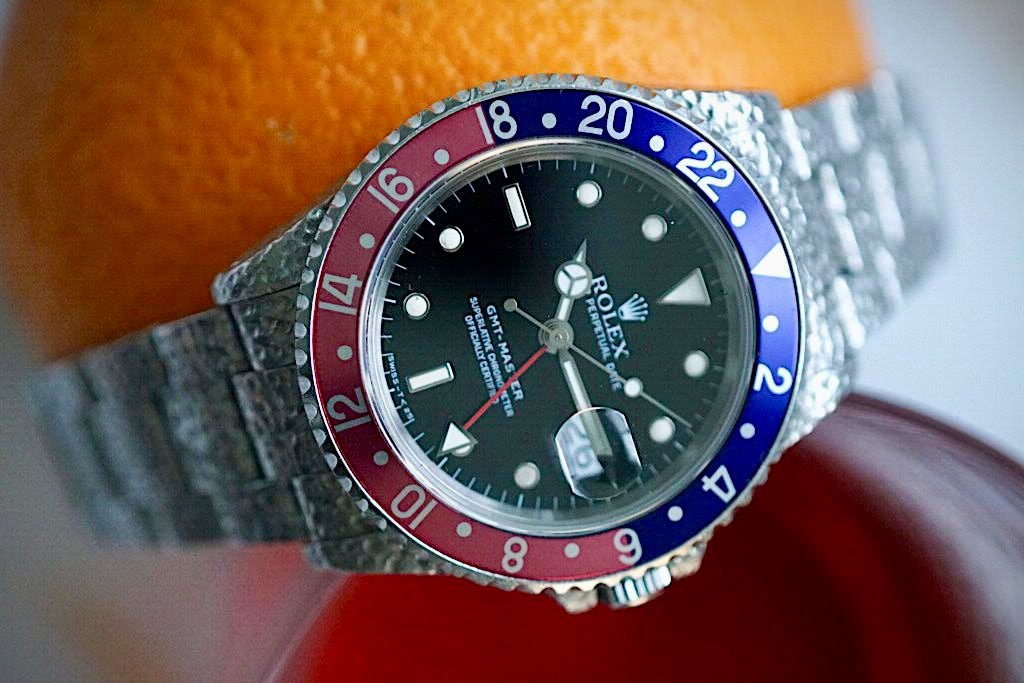
Note that the “barked” texture is different than the factory finish found on some barked Rolex bezels. Plus, Rolex themselves never barked a Rolex case. Bezels and center bracelet links are the only things Rolex themselves barked, and Rolex only barked gold–never steel.
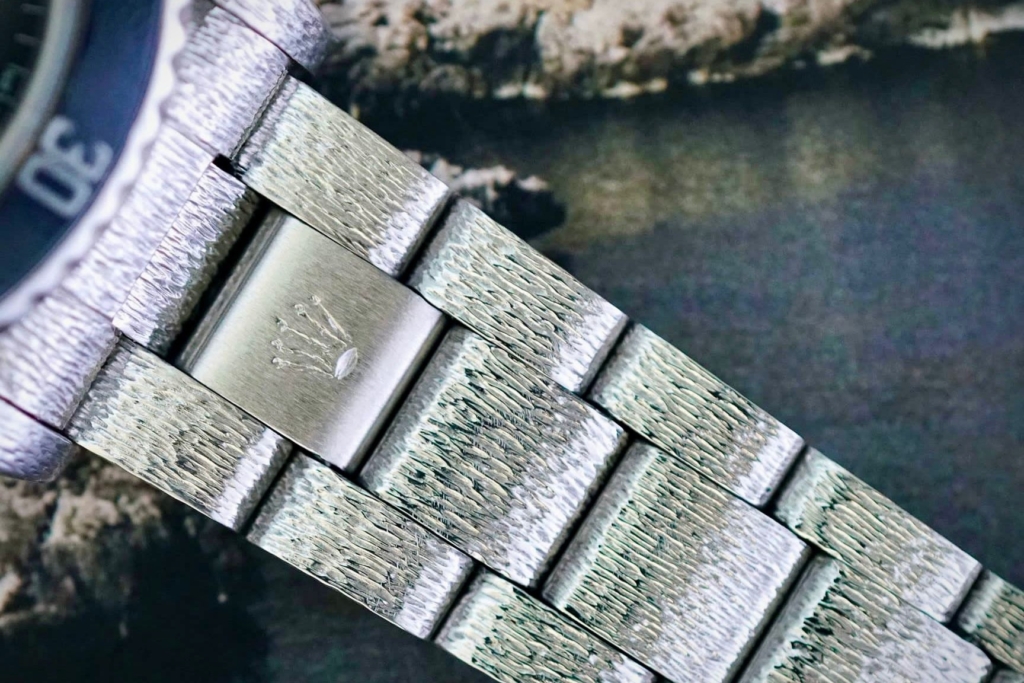
The clasp is usually fully textured on a John Bull Special, although there are some that are partially textured (e.g. just the outer links) or not textured at all.
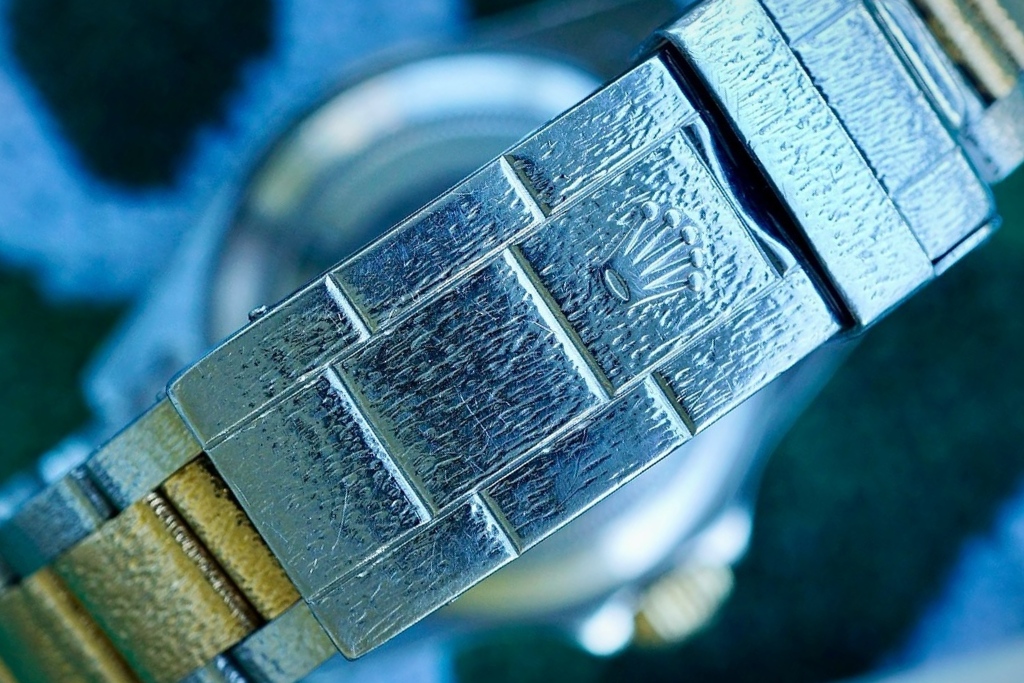
Apparently Günter Miethe continued to texture watches upon request even after leaving John Bull. Now that he has passed away (RIP), Chris Wheaton of the Bahamas Watch Exchange has probably handled more John Bull Rolex watches than just about anyone alive. When I asked Chris whether Mr. Miethe had any contemporaries or apprentices carrying on his legacy, or if his workmanship was one of a kind, he didn’t hesitate. “One of a kind. 100%.”
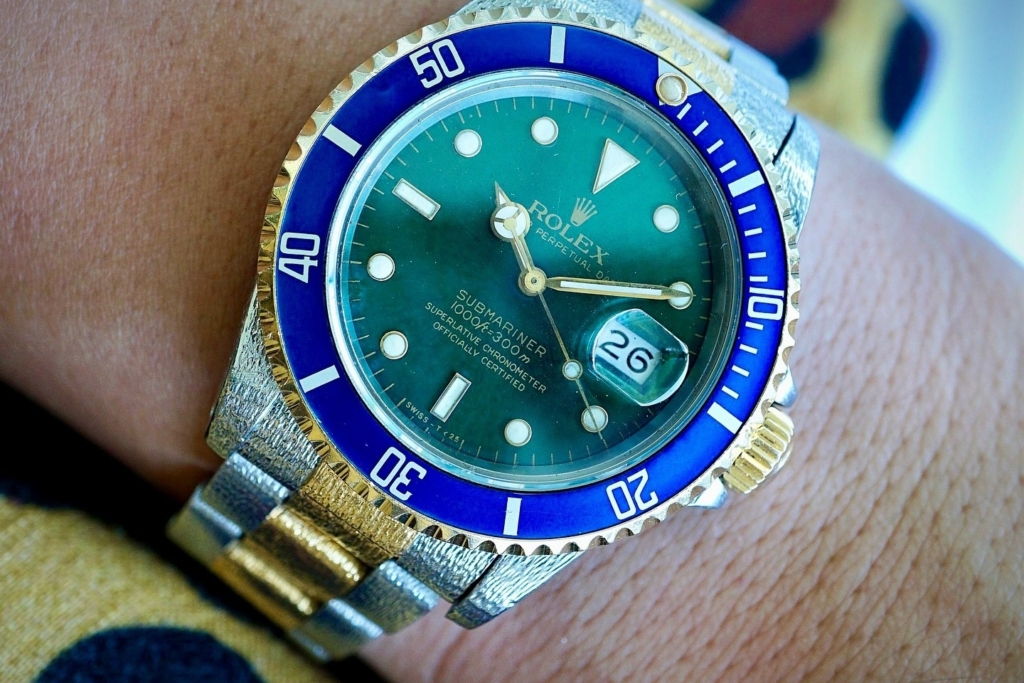
One response to “The John Bull Special: Günter Miethe’s “Bahamas” Rolex Textures”
-
I bought my first Rolex at John Bull used maybe one or two years old in 1966. Flew to the Bahamas on Mackey airlines. That watch was a Date-just Oyster. Sold that watch in 1984 two buy a submariner. Big mistake I’ve always missed the feel and the look of that simple Date-just. A year ago now as an old man I found a newer yet looked like my old Date-just, I bought it. My Ref. #16200 dates from the serial number to 1984 something I hadn’t realized but found very interesting what were the odds. Now to the customizing of watches, why. Thinking in the future those watches might be worth much less. I bought a custom GMT customized from a well known dealer a secondary dealer in the Atlanta area. That dealer was customizing Rolex’s and advertising their opinion wouldn’t hurt the value. That after owning seven years selling it back to the same dealer after trying on e-bay with no luck. I got much less then I paid. At first when trying to sell it to that dealer they told me we don’t want it as we don’t sell customized Rolexes. Then telling them what I’m telling you they agreed to buy it back at half the current retail value of a GMT I lost a little over fifteen hundred on that watch. My opinion don’t customize any Rolex you can’t return to stock. I feel to many people wouldn’t buy a customized watch narrowing it’s market & value. My experience and opinion.


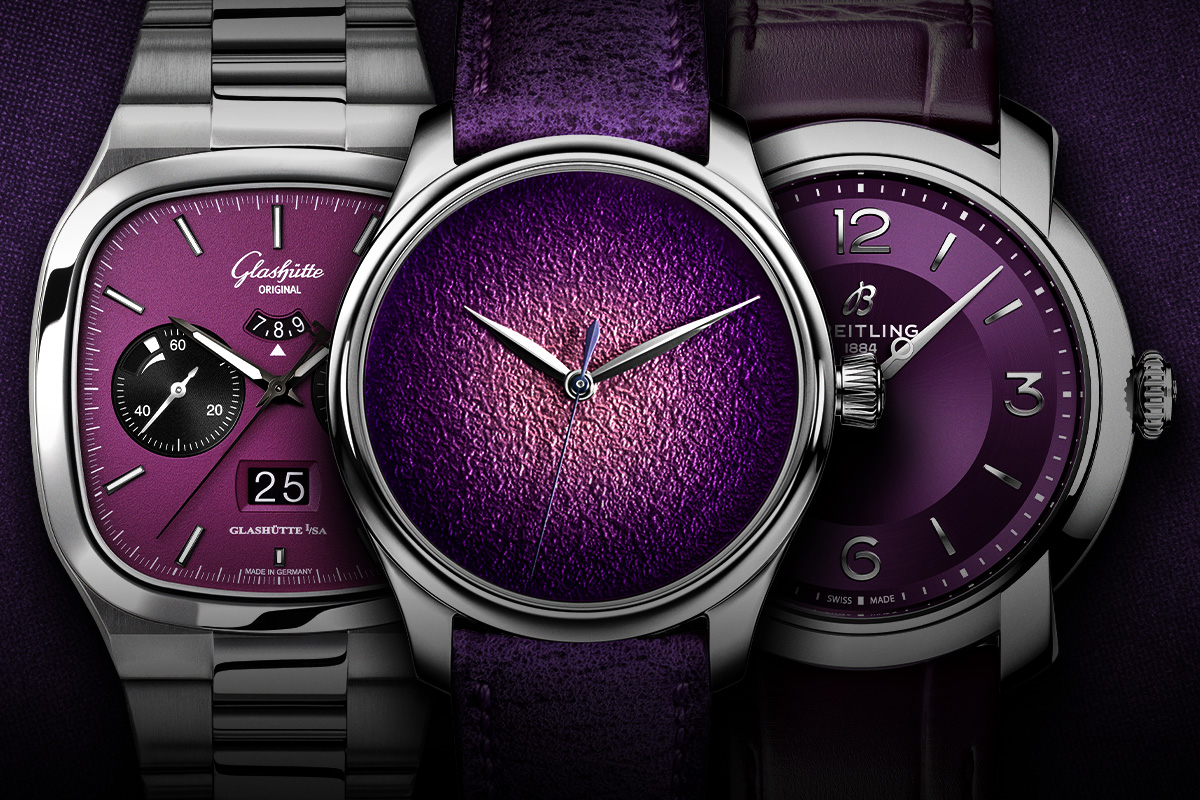
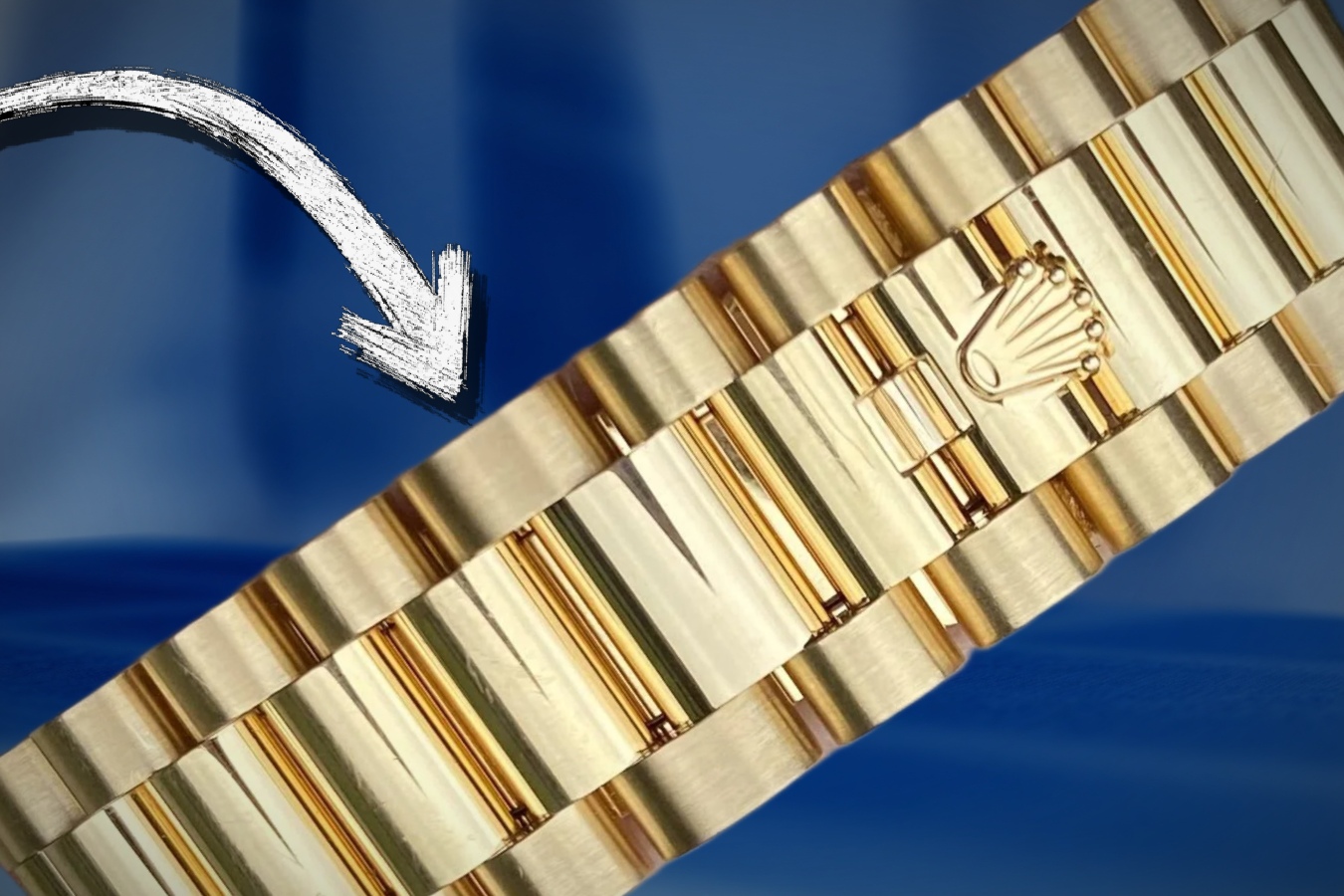



Leave a Reply